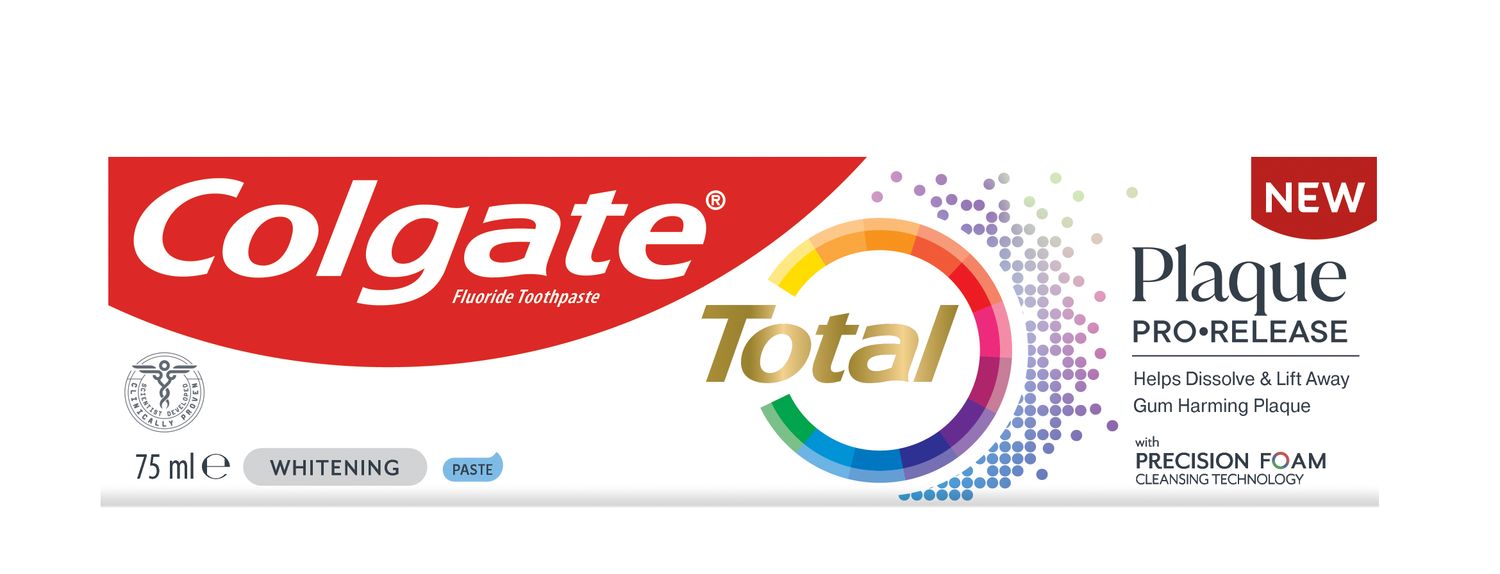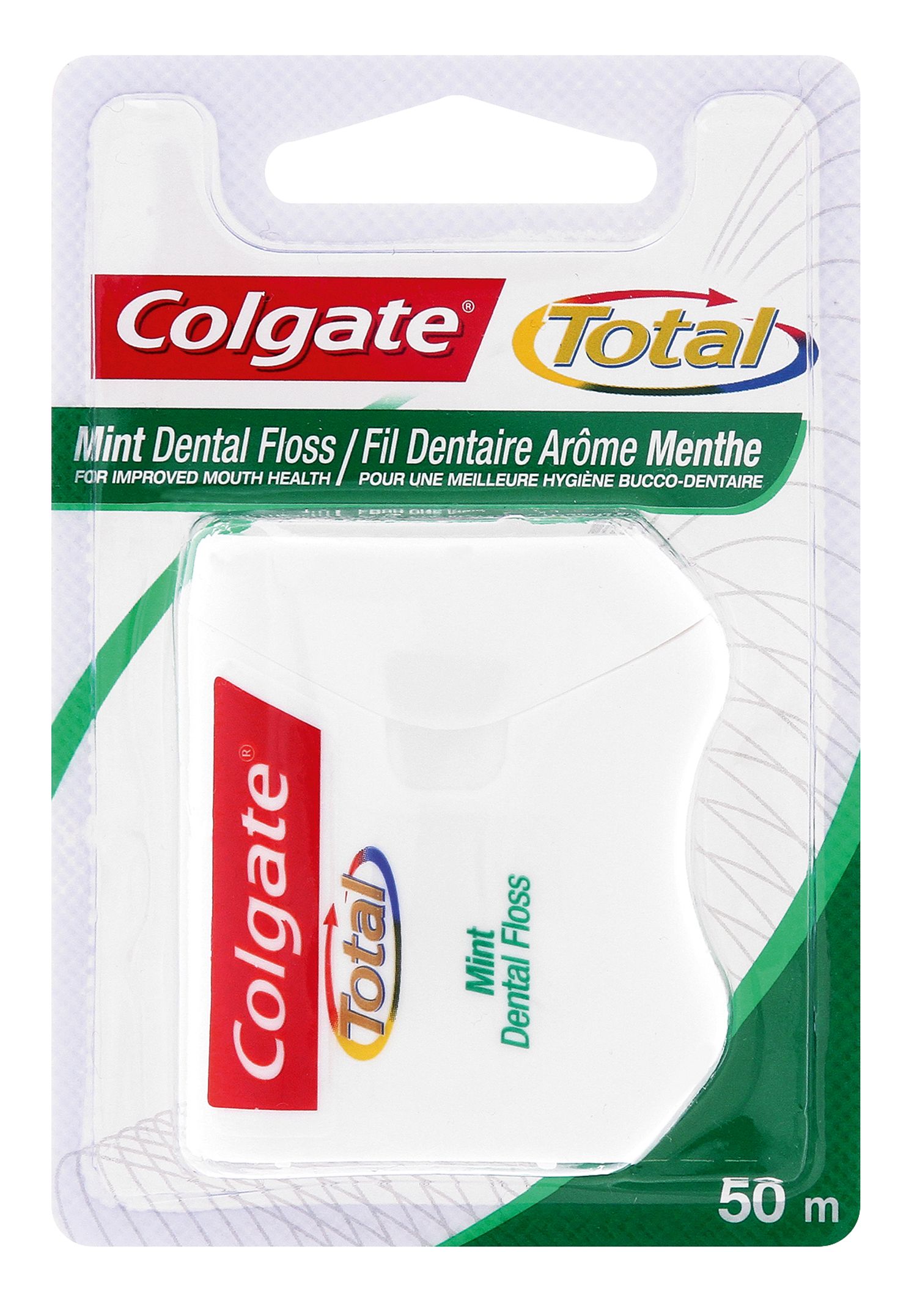1. Traditional Dental Bridges
A traditional dental bridge consists of a false tooth or teeth being held in place by dental crowns that have been cemented onto each of the abutment teeth. A traditional bridge is the most popular type of dental bridge and can be used when you have natural teeth on both sides of the gap created by your missing tooth. It can also consist of one or more pontics (fake teeth) and are held in place by dental crowns.
Traditional bridges are used when you have natural teeth on both sides of the gap created by your missing tooth. Bridges are strong enough to replace molars as well. The disadvantage of the traditional bridge is that your dentist has to prepare the adjacent teeth by removing their enamel and making them smaller to make enough room for the crown that will be cemented on top. Enamel does not grow back so these teeth which will always need protection, even if you later choose a different type of bridge.
2. Cantilever Bridges
Cantilever bridges are another option for replacing missing teeth. Although similar to a traditional bridge, the pontic in a cantilever dental bridge is held in place by a dental crown that is cemented to only one abutment tooth. For a cantilever bridge, you only need one natural tooth next to the missing tooth gap.
As with traditional bridges, your dentist will need to prepare the adjacent tooth to support the bridge by removing its enamel. Because this bridge is only supported on one side, they may act as a lever in some cases, which may lead to complications like fractured teeth or loosened crowns.
3. Maryland Bridges
Similar to a traditional bridge, Maryland dental bridges employ two natural abutment teeth, one on each side of the gap. Maryland bridges are considered a conservative alternative to traditional bridges. However, while traditional bridges uses dental crowns on the abutment teeth, a Maryland bridge uses a framework of either metal or porcelain that is bonded onto the backs of the abutment teeth. Since this type of bridge isn't held in place by crowns, the adjacent teeth don't need to be filed.
While Maryland bridges are considered more conservative than traditional bridges, they do have their disadvantages. The strength of the bridge is limited by the strength of the resin that holds it in place, so it may not stay in place in areas of the mouth where the teeth are subjected to a lot of biting force, like the molars or when connected to teeth or bone with dental disease. The framework may also get in the way of your gums or your bite.
4. Implant-Supported Bridges
Implant-supported bridgesare another option for replacing missing teeth. They can be used when you have more than one tooth missing. As the name implies, implant-supported bridges use dental implants as opposed to crowns for frameworks. Typically, one implant is surgically placed for every missing tooth, and the series of implants holds the bridge in place. If one implant for each missing tooth is not possible, the bridge may have a pontic suspended between two implant-supported crowns.
It is considered the strongest and most stable system, an implant-supported bridge commonly requires two surgeries. One to embed the implants in the jawbone and the second surgery to place the bridge. So expect that it can take a number of months for the procedure to be completely finished.
Because these bridges are secured by implants, they feel very secure and comfortable, just like the natural teeth they replace. And just like your natural teeth, a quality toothbrush, is needed to keep your mouth healthy.
Your dentist can close the gaps in your smile with dental bridges. When you have a missing tooth or missing teeth, it can affect you in a number of ways, for instance, distort your smile, influence your ability to chew properly, impair your speech and/or pronunciation, distort the shape of your face, change the alignment of your bite and the force when you bite is not properly distributed and cause your remaining teeth to move from the incorrect position. With so many types of dental bridges available, you can feel confident that your dentist has an appropriate solution for your dilemma.













